Home>Home Appliances>Bathroom Appliances>Which Type Of Foot Spa Does Not Circulate Water?
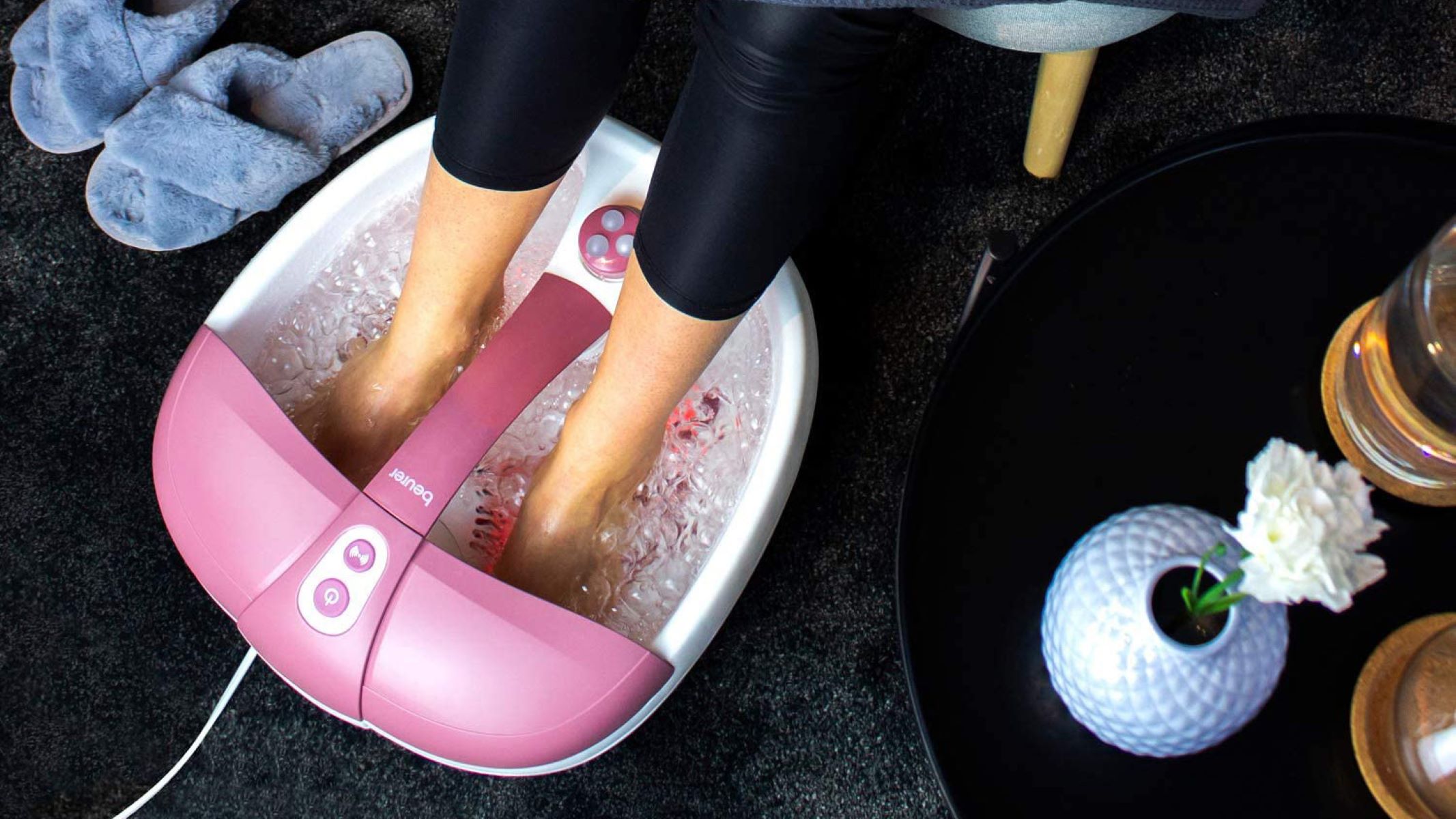

Bathroom Appliances
Which Type Of Foot Spa Does Not Circulate Water?
Modified: August 16, 2024
Discover the best non-circulating foot spa for your bathroom. Find the perfect solution for your relaxation needs with our top recommendations. Explore now!
(Many of the links in this article redirect to a specific reviewed product. Your purchase of these products through affiliate links helps to generate commission for Storables.com, at no extra cost. Learn more)
Introduction
When it comes to pampering our feet, a foot spa can be a luxurious and rejuvenating treat. It's a delightful way to unwind after a long day, providing relaxation and relief to tired, achy feet. However, not all foot spas are created equal. Some models feature a circulating water system, while others do not. In this article, we will delve into the world of non-circulating foot spas, exploring their unique features, benefits, and drawbacks.
Non-circulating foot spas, as the name suggests, do not utilize a system to circulate water during the spa session. Instead, they rely on a static basin of water to provide a soothing and tranquil experience. These foot spas are designed to offer a more traditional and simplistic approach to foot care, focusing on the immersion of the feet in still water rather than the movement of water throughout the basin.
As we embark on this exploration, we will uncover the distinctive characteristics of non-circulating foot spas, shedding light on their advantages and limitations. Whether you are considering purchasing a foot spa for personal use or simply seeking to expand your knowledge of foot care appliances, understanding the features and functionality of non-circulating foot spas is essential.
Join us as we unravel the world of non-circulating foot spas, gaining insights into their therapeutic potential and the considerations to keep in mind when incorporating them into your self-care routine. Let's embark on this journey to discover the unique allure of non-circulating foot spas and how they can contribute to a rejuvenating and indulgent foot care experience.
Key Takeaways:
- Non-circulating foot spas offer a traditional and serene foot care experience, promoting relaxation and stress relief through still water immersion. They are user-friendly and customizable, making them a timeless choice for rejuvenating pampering.
- While non-circulating foot spas lack dynamic water movement, they provide a soothing and customizable foot care experience. Their simplicity and versatility make them a valuable addition to personal wellness practices.
Read more: What To Use In A Foot Spa
Non-Circulating Foot Spas
Non-circulating foot spas, also known as traditional foot baths, offer a simplistic yet effective approach to foot care. Unlike their circulating counterparts, these foot spas do not incorporate a motorized mechanism to move the water within the basin. Instead, they rely on a stationary pool of water to provide a serene and tranquil environment for foot immersion.
These foot spas typically feature a basin or tub that is filled with water, allowing the user to submerge their feet in the soothing liquid. The absence of a circulating system means that the water remains still throughout the duration of the foot spa session, creating a calming and meditative experience.
Non-circulating foot spas often include additional features to enhance the relaxation process, such as massage rollers, textured surfaces, or the option to add essential oils or bath salts to the water. These elements contribute to a holistic foot care experience, promoting both physical and mental well-being.
One of the defining characteristics of non-circulating foot spas is their user-friendly design. They are often uncomplicated and straightforward, making them accessible to individuals of all ages and abilities. Whether used for at-home pampering or as part of a professional spa treatment, non-circulating foot spas provide a versatile and convenient solution for foot care needs.
The absence of a circulating water system also means that non-circulating foot spas are relatively easy to maintain. With fewer mechanical components, these foot spas are often simpler to clean and upkeep, adding to their appeal for those seeking a hassle-free foot care solution.
In essence, non-circulating foot spas offer a traditional and serene approach to foot care, focusing on the therapeutic benefits of immersing the feet in still water. Their uncomplicated design, user-friendly nature, and potential for customization make them a popular choice for individuals seeking a soothing and rejuvenating foot care experience.
Whether used for relaxation, revitalization, or as part of a comprehensive self-care routine, non-circulating foot spas hold a distinct allure for those who appreciate the timeless appeal of a tranquil foot soak.
Benefits of Non-Circulating Foot Spas
Non-circulating foot spas offer a range of benefits that cater to the diverse needs of individuals seeking a soothing and therapeutic foot care experience. These traditional foot baths, characterized by their stationary water basin and user-friendly design, provide a host of advantages that contribute to their appeal and effectiveness.
-
Relaxation and Stress Relief: The still water in non-circulating foot spas creates a serene environment, promoting relaxation and stress relief. Immersing the feet in tranquil water can help alleviate tension and promote a sense of calm, making it an ideal way to unwind after a long day.
-
Customizable Experience: Users have the flexibility to customize their foot spa session by adding essential oils, bath salts, or other aromatic enhancers to the water. This customization allows individuals to tailor the experience to their preferences, whether they seek invigorating scents or soothing aromas.
-
Improved Circulation: The act of immersing the feet in warm water can help stimulate blood flow and promote circulation. This can be particularly beneficial for individuals seeking relief from discomfort associated with poor circulation or prolonged periods of standing or sitting.
-
Soothing Foot Care: Non-circulating foot spas provide a gentle and soothing environment for foot care. The still water allows for a tranquil soak, which can help soften the skin, alleviate dryness, and provide a nurturing experience for tired or achy feet.
-
User-Friendly Design: These foot spas are often designed with simplicity in mind, making them accessible to a wide range of users. Their uncomplicated nature and ease of use make them suitable for individuals of varying ages and mobility levels.
-
Ease of Maintenance: With fewer mechanical components compared to circulating foot spas, non-circulating models are often easier to clean and maintain. This simplicity adds to the overall convenience of incorporating a foot spa into a regular self-care routine.
-
Versatile Applications: Non-circulating foot spas can be used in various settings, including home use, professional spa treatments, or as part of a comprehensive pedicure experience. Their versatility makes them a valuable addition to personal wellness practices.
In summary, non-circulating foot spas offer a host of benefits, ranging from relaxation and stress relief to customizable experiences and improved circulation. Their user-friendly design, soothing foot care capabilities, and versatile applications make them a compelling choice for individuals seeking a traditional yet effective approach to foot pampering and self-care.
A foot spa with a non-circulating water basin does not have a motor to move the water around. Look for models with a simple basin for soaking without the need for water circulation.
Drawbacks of Non-Circulating Foot Spas
While non-circulating foot spas offer a range of benefits and a traditional approach to foot care, it is important to consider their limitations and drawbacks. Understanding these aspects can provide a comprehensive perspective for individuals seeking to incorporate a foot spa into their self-care routine.
-
Limited Water Movement: One of the primary drawbacks of non-circulating foot spas is the absence of water movement. Unlike circulating foot spas that utilize motorized systems to create a gentle massaging effect through water circulation, non-circulating models lack this dynamic feature. As a result, the therapeutic benefits associated with water movement and massage may be less pronounced in non-circulating foot spas.
-
Temperature Maintenance: Non-circulating foot spas may present challenges in maintaining consistent water temperature throughout the duration of a foot spa session. Without a circulating system to regulate the water temperature, there is a possibility of the water cooling down more quickly, potentially diminishing the overall comfort and effectiveness of the foot soak.
-
Limited Massage Functionality: While non-circulating foot spas may incorporate massage rollers or textured surfaces, they may not offer the same level of massage functionality as circulating models. The absence of a circulating water system means that the massage action is primarily reliant on manual movement, which may not provide the same level of dynamic massage experience as circulating foot spas.
-
Potential for Water Stagnation: In non-circulating foot spas, the still water may be prone to stagnation if not properly maintained. Without the continuous movement and aeration provided by a circulating system, there is a risk of water stagnation, which can impact the overall hygiene and freshness of the foot spa experience.
-
Limited Aromatherapy Dispersion: While non-circulating foot spas allow for the addition of essential oils or bath salts, the dispersion of aromatic enhancements may be less effective compared to circulating models. The absence of water movement can limit the distribution of aromatic elements, potentially impacting the overall sensory experience of the foot spa session.
-
Potential for Overfilling: Non-circulating foot spas may have a fixed water capacity, and overfilling the basin can lead to spillage or inconvenience during use. This limitation may require users to be mindful of the water level, potentially adding an extra element of caution during the foot spa experience.
Understanding these drawbacks can provide individuals with valuable insights when considering the suitability of non-circulating foot spas for their foot care needs. While these limitations are important to consider, they are balanced by the unique benefits and the timeless appeal of a traditional foot soak experience.
Conclusion
In conclusion, the world of non-circulating foot spas offers a timeless and traditional approach to foot care, emphasizing the therapeutic benefits of immersing the feet in still water. These foot spas, characterized by their simplicity, user-friendly design, and potential for customization, provide a serene and tranquil environment for relaxation, stress relief, and foot care.
While non-circulating foot spas lack the dynamic water movement and massage functionality of their circulating counterparts, they compensate by offering a customizable and soothing foot care experience. The ability to personalize the foot spa session with aromatic enhancements, coupled with the potential for improved circulation and stress relief, makes non-circulating foot spas a compelling choice for individuals seeking a rejuvenating and indulgent foot care experience.
It is important to acknowledge the drawbacks associated with non-circulating foot spas, such as limited water movement, potential temperature maintenance challenges, and the risk of water stagnation. These considerations provide valuable insights for individuals evaluating the suitability of non-circulating foot spas for their foot care needs. Despite these limitations, the benefits of relaxation, customizable experiences, and user-friendly design contribute to the enduring appeal of non-circulating foot spas.
Whether used for at-home pampering, professional spa treatments, or as part of a comprehensive self-care routine, non-circulating foot spas hold a distinct allure for those who appreciate the timeless charm of a tranquil foot soak. Their versatility, ease of maintenance, and potential for promoting overall well-being make them a valuable addition to personal wellness practices.
In essence, non-circulating foot spas offer a harmonious blend of tradition and therapeutic benefits, inviting individuals to indulge in a rejuvenating and immersive foot care experience. As we navigate the realm of foot care appliances, the allure of non-circulating foot spas serves as a testament to the enduring appeal of time-honored self-care practices, providing a sanctuary for relaxation and revitalization in the comfort of one's own home or within the serene ambiance of a spa setting.
Frequently Asked Questions about Which Type Of Foot Spa Does Not Circulate Water?
Was this page helpful?
At Storables.com, we guarantee accurate and reliable information. Our content, validated by Expert Board Contributors, is crafted following stringent Editorial Policies. We're committed to providing you with well-researched, expert-backed insights for all your informational needs.
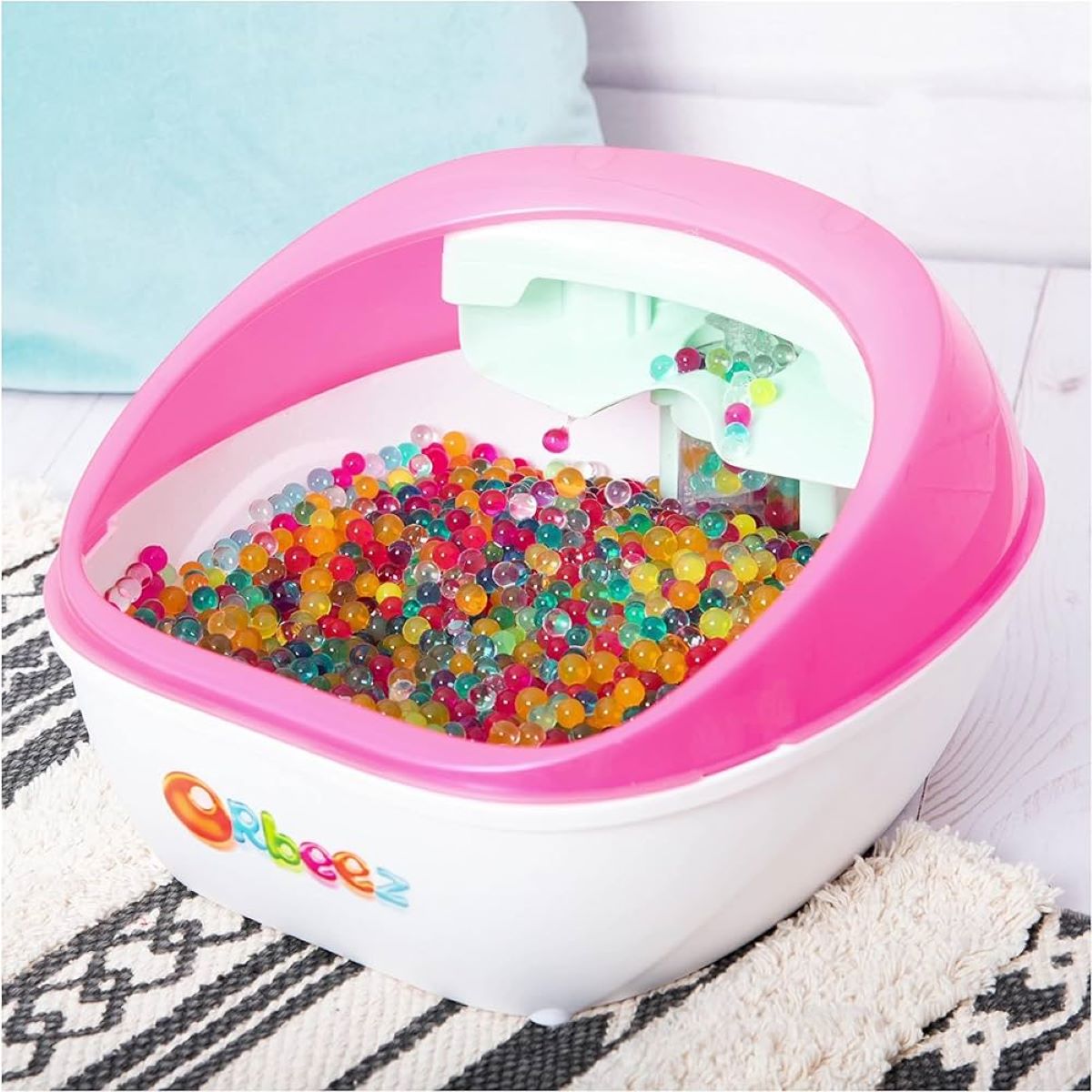
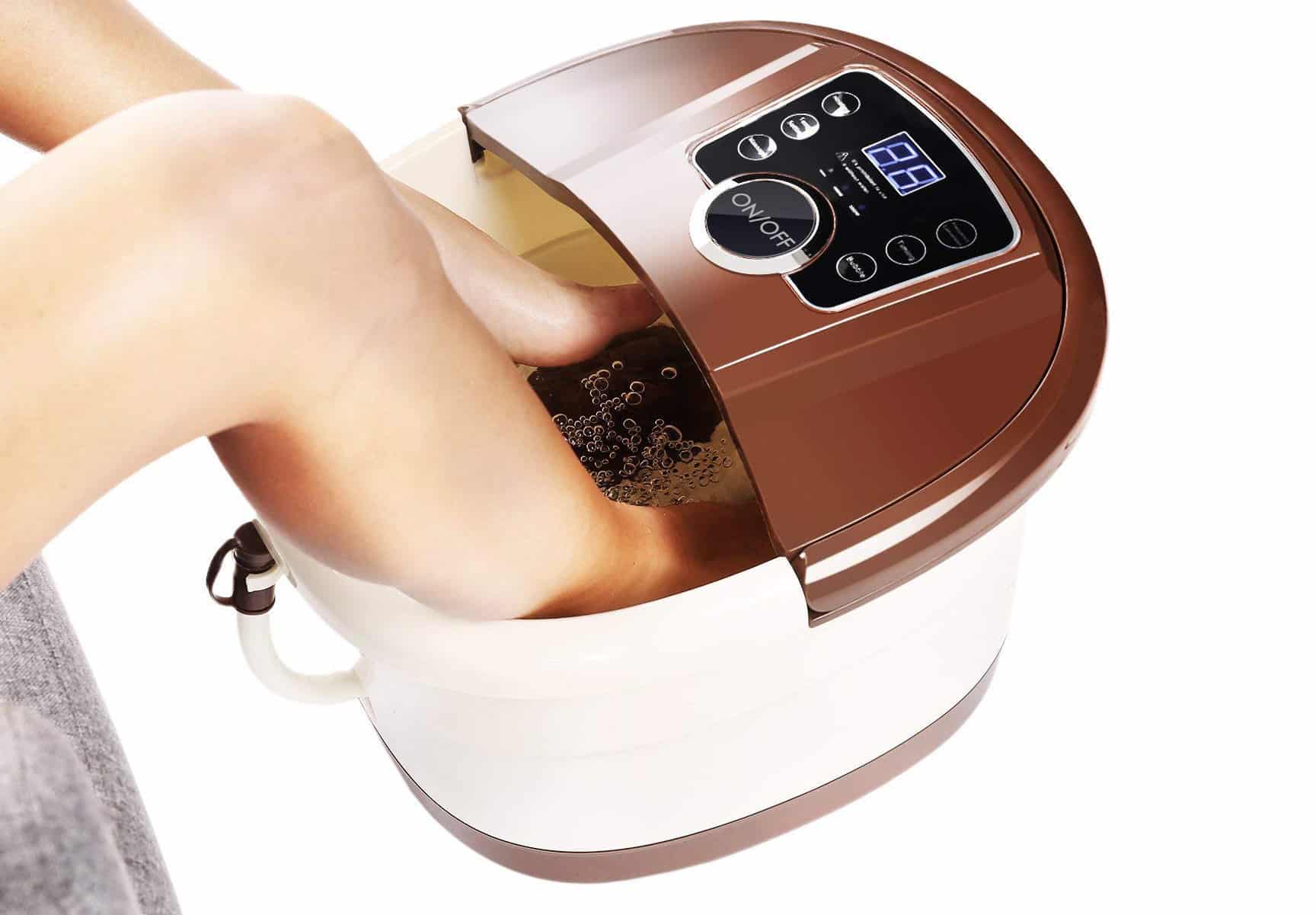
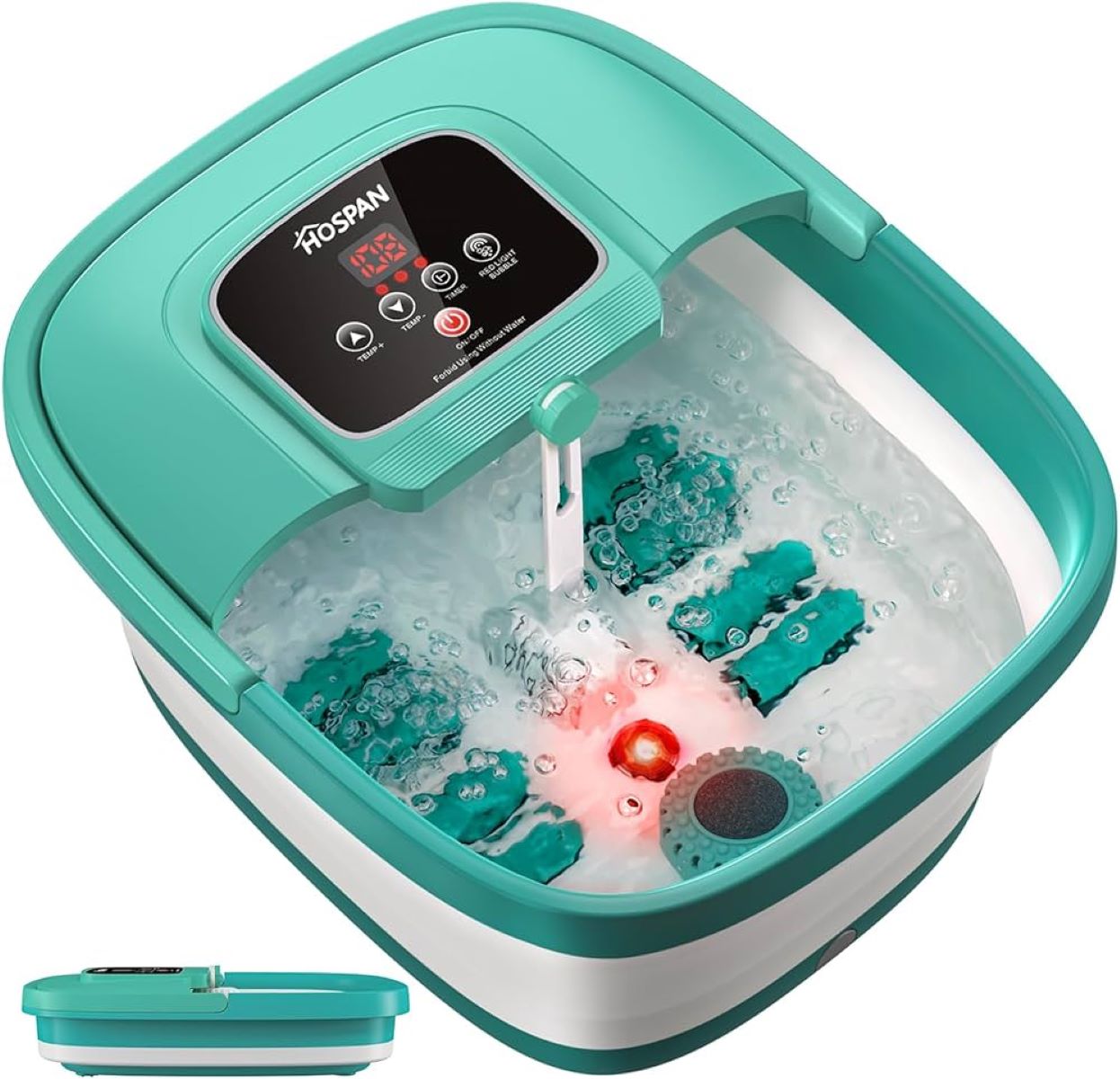
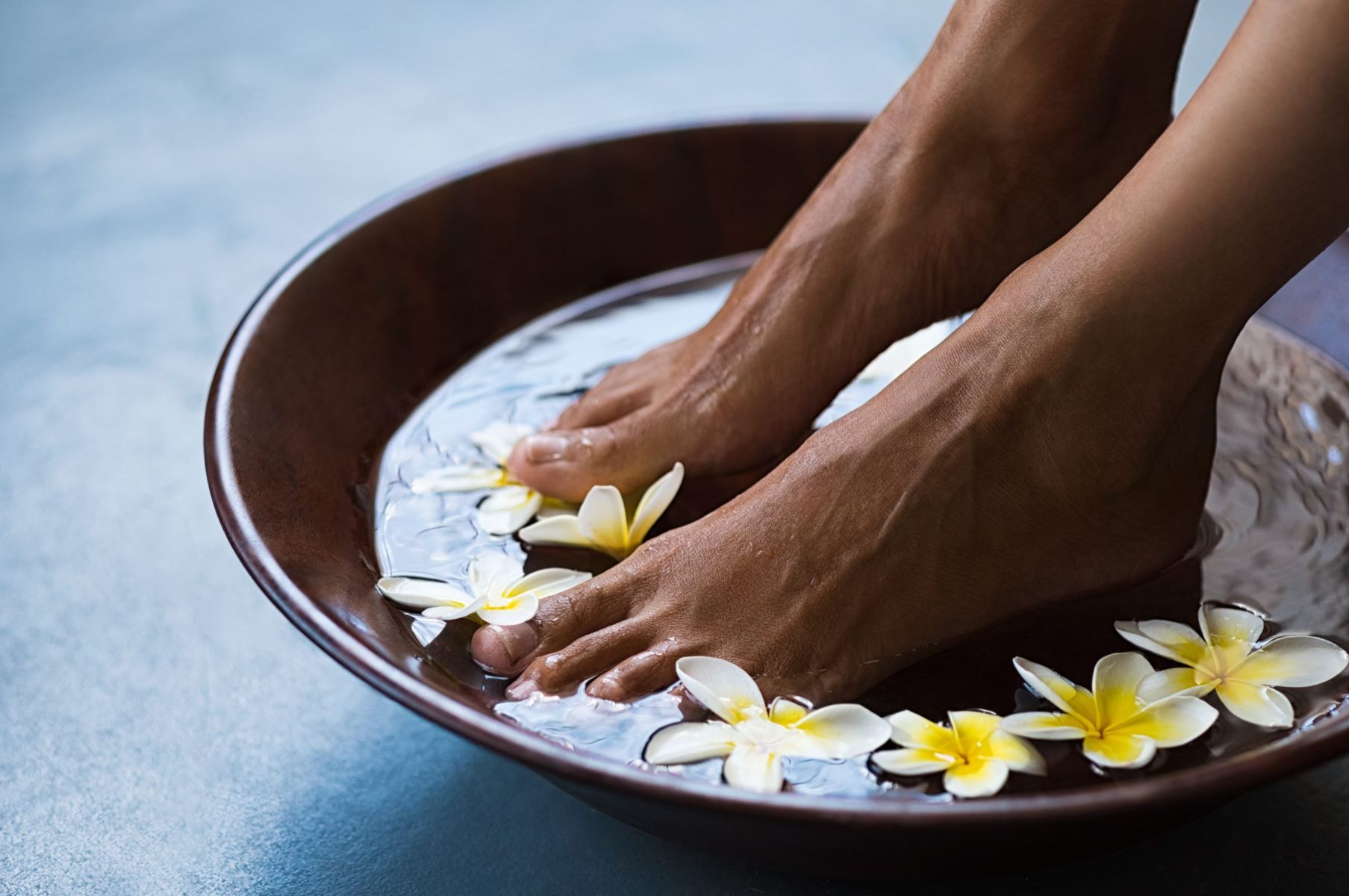
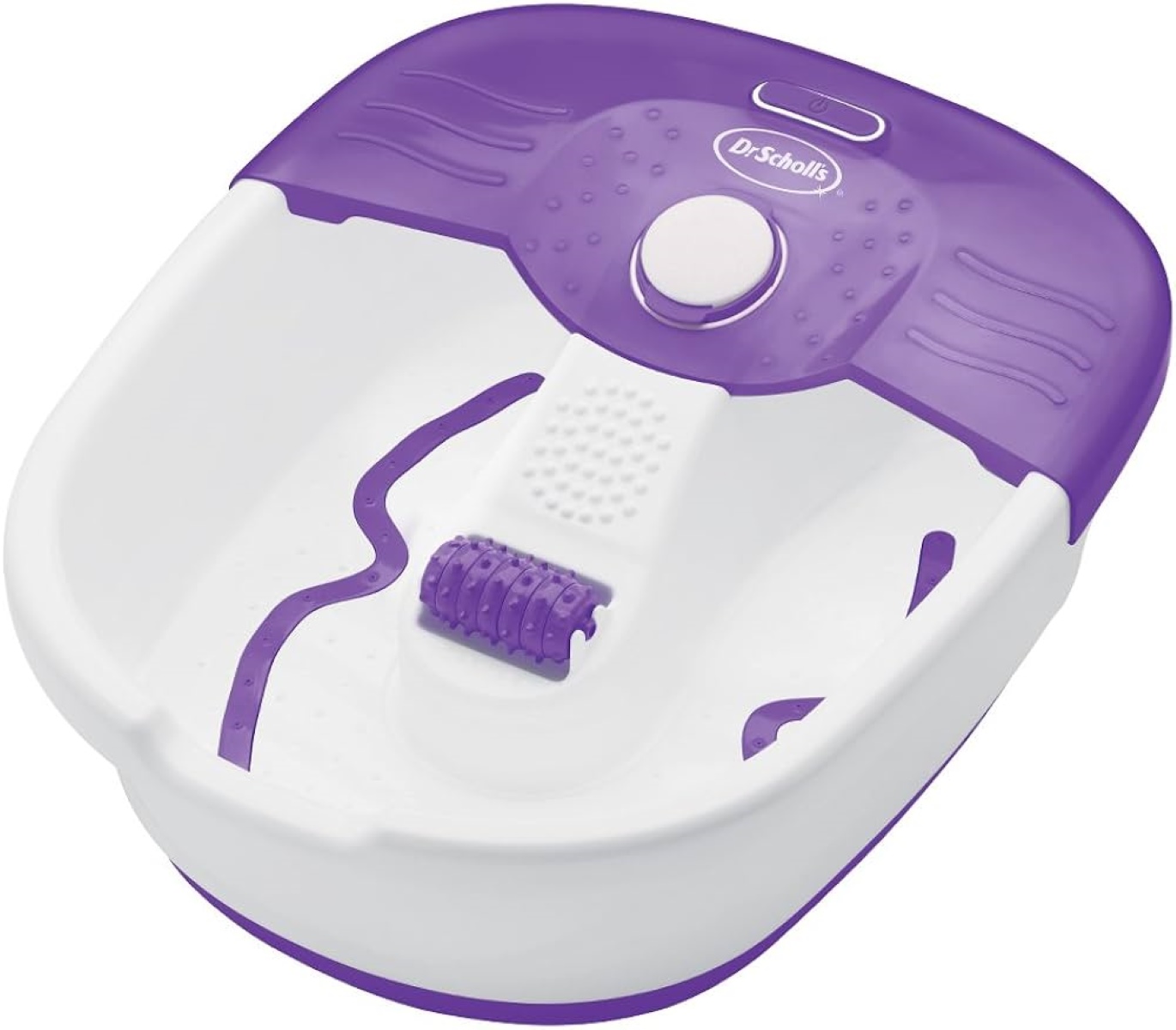
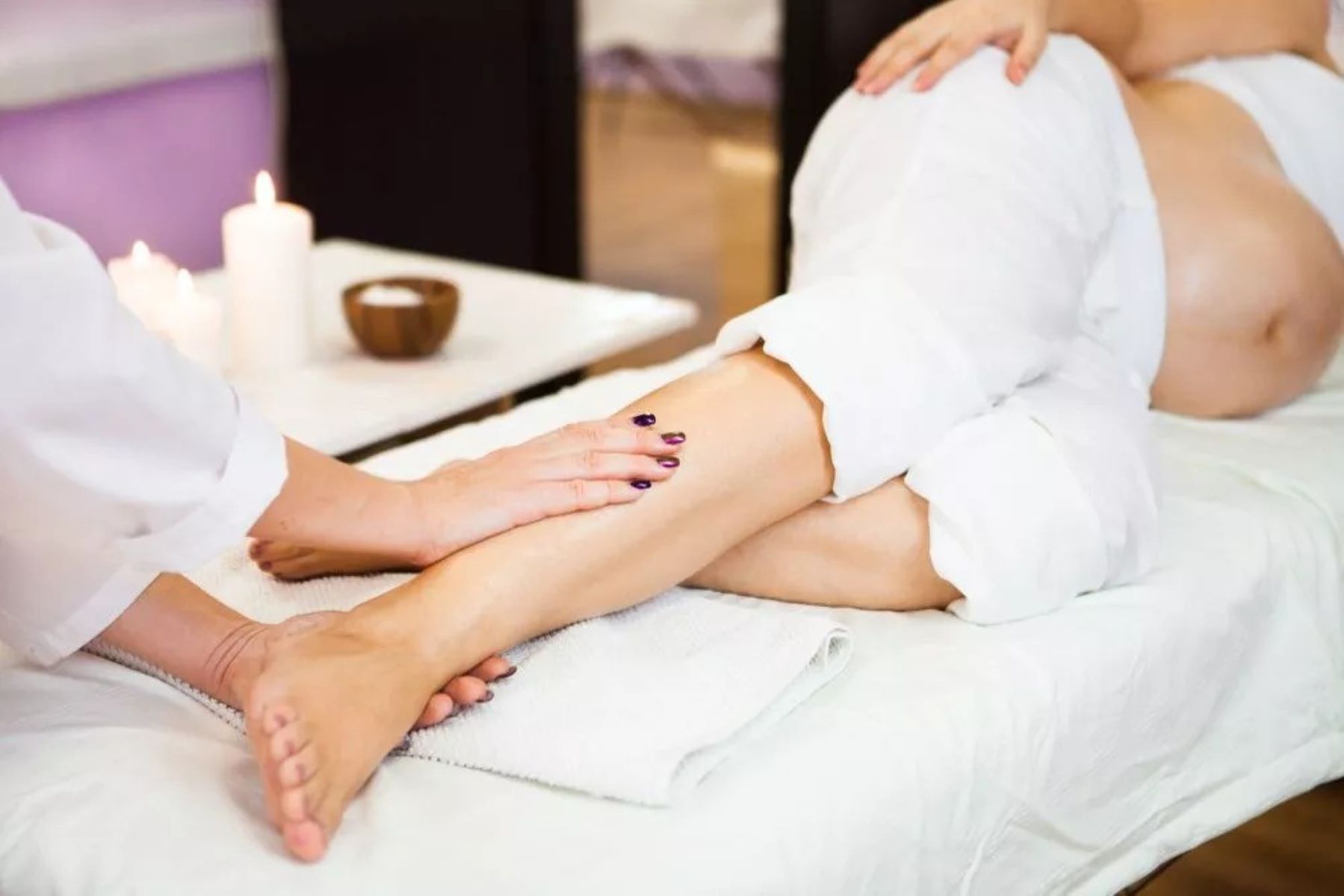
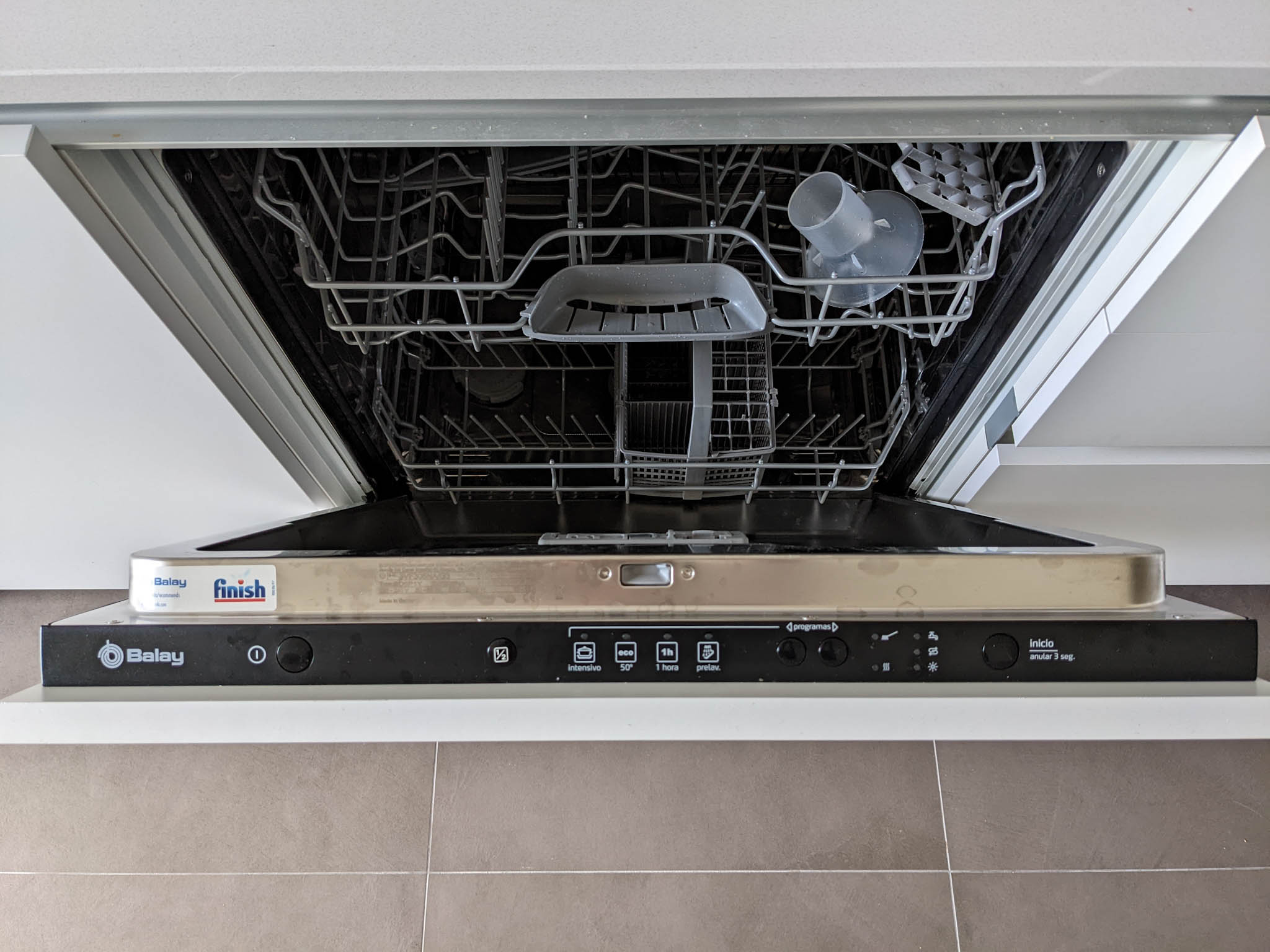
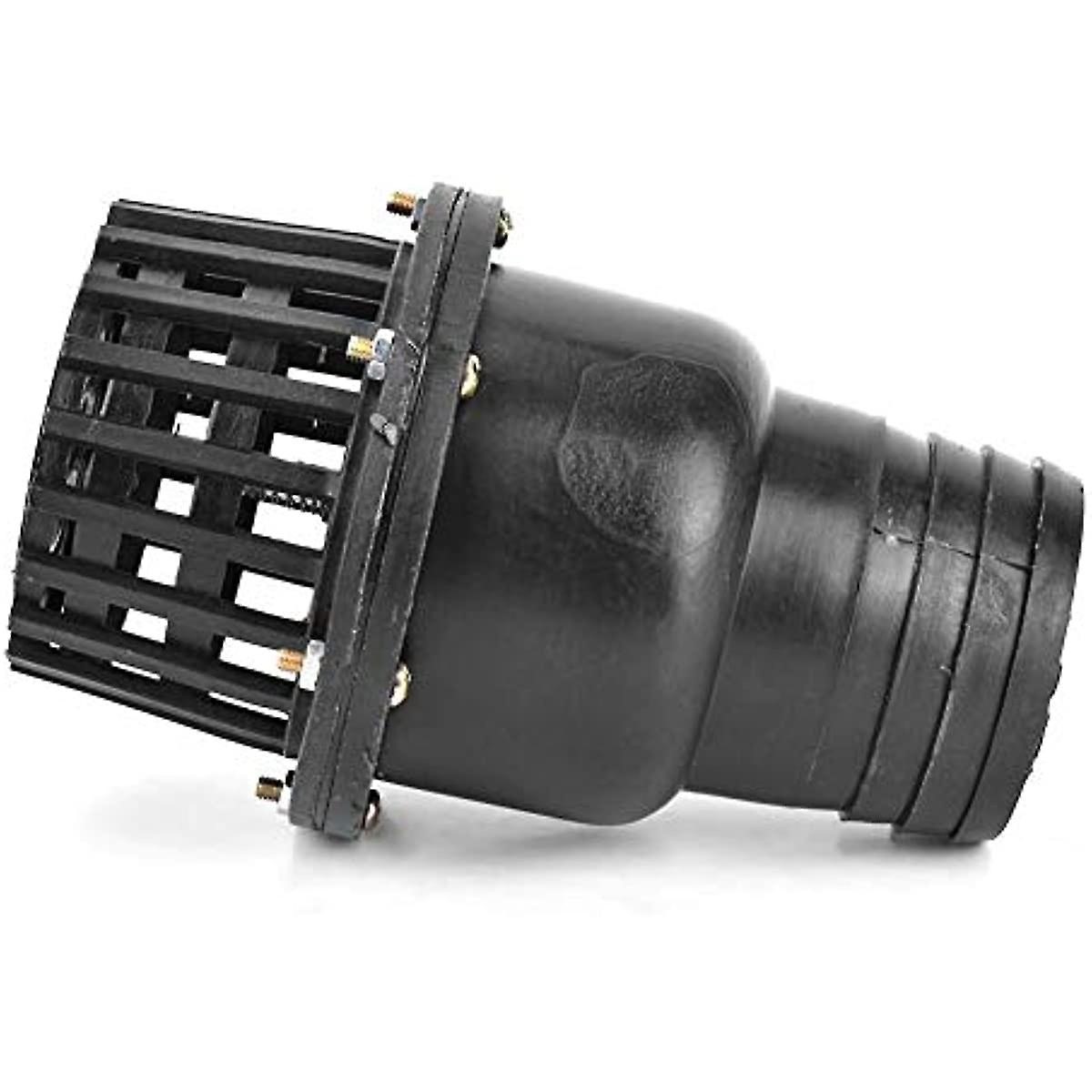
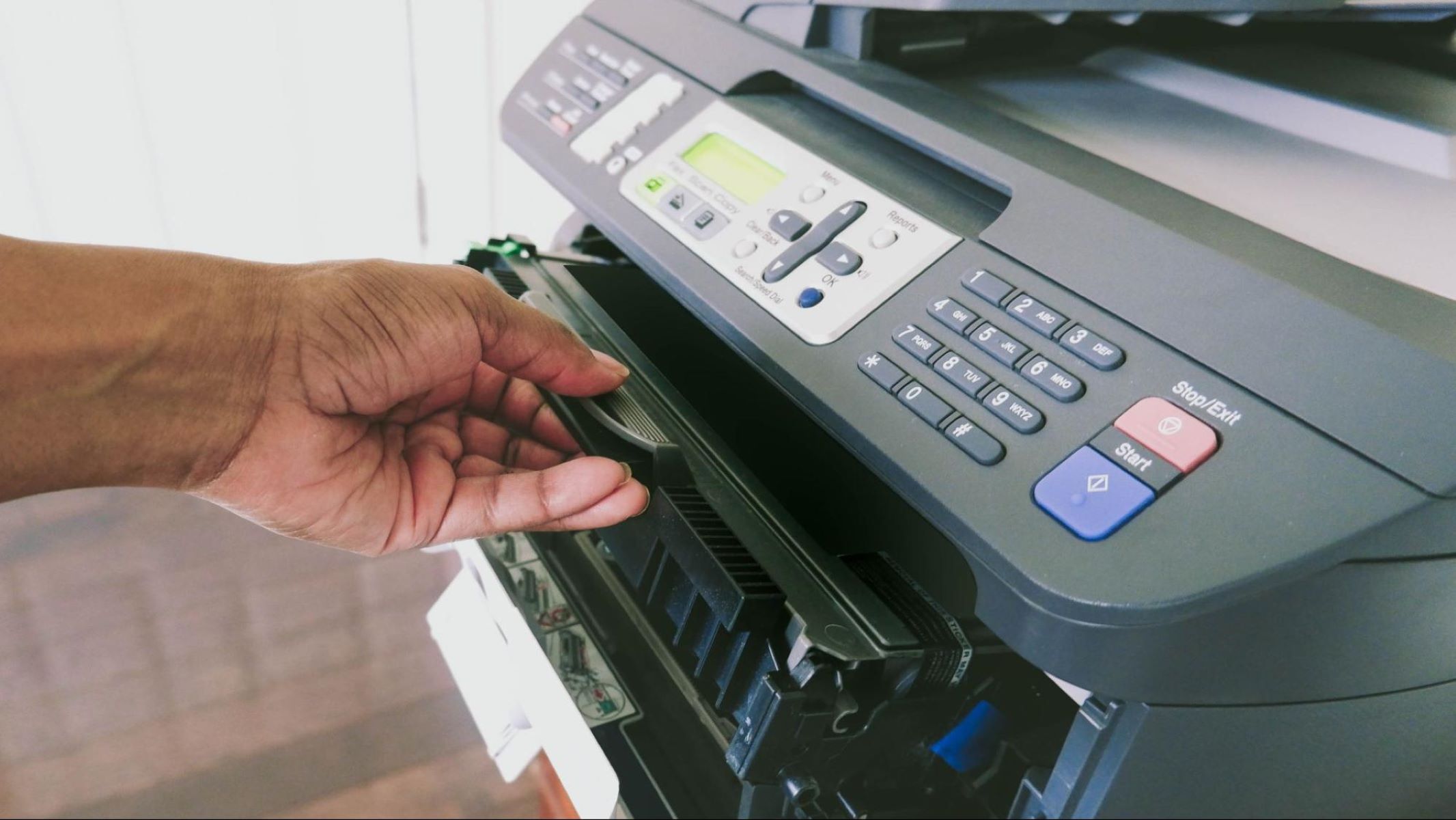

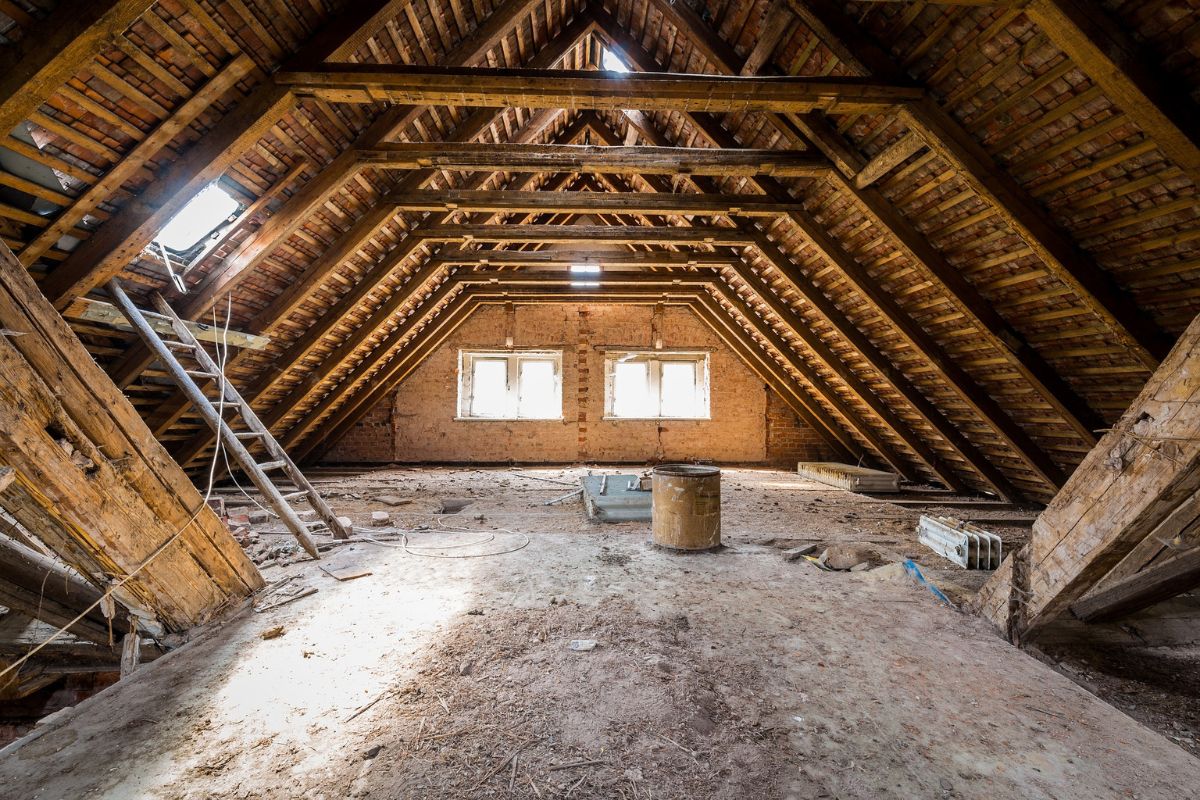
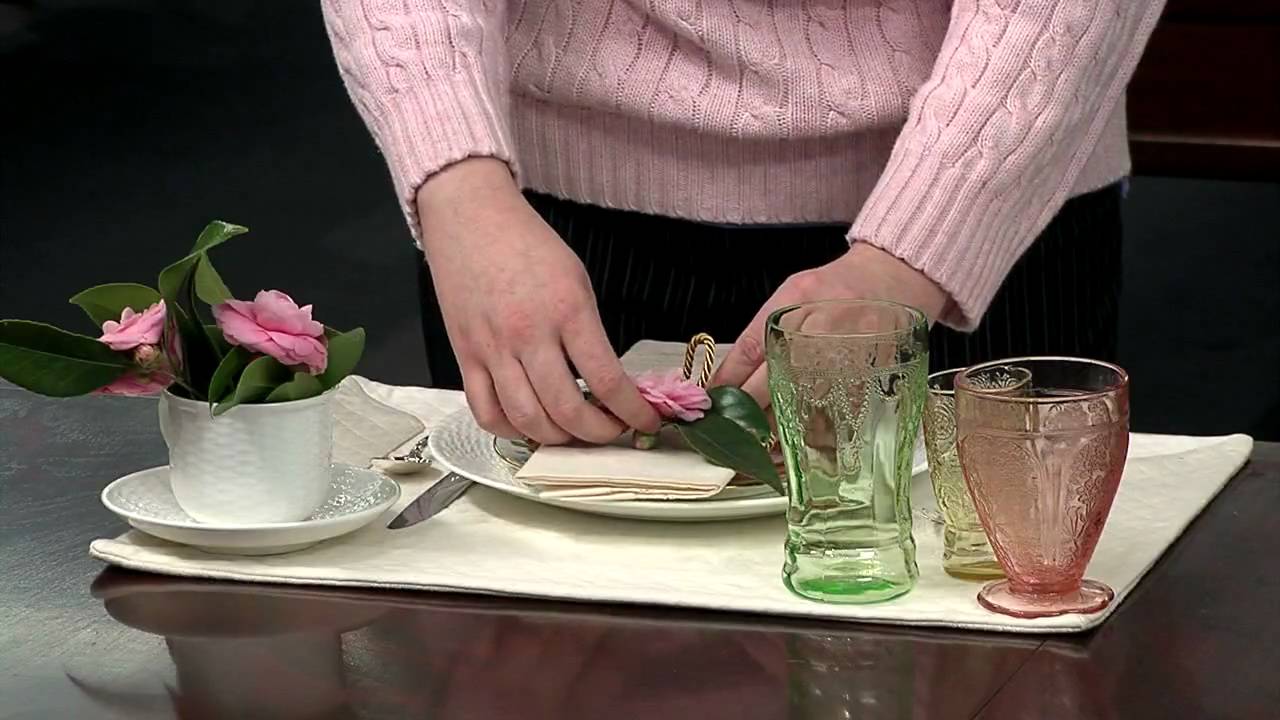
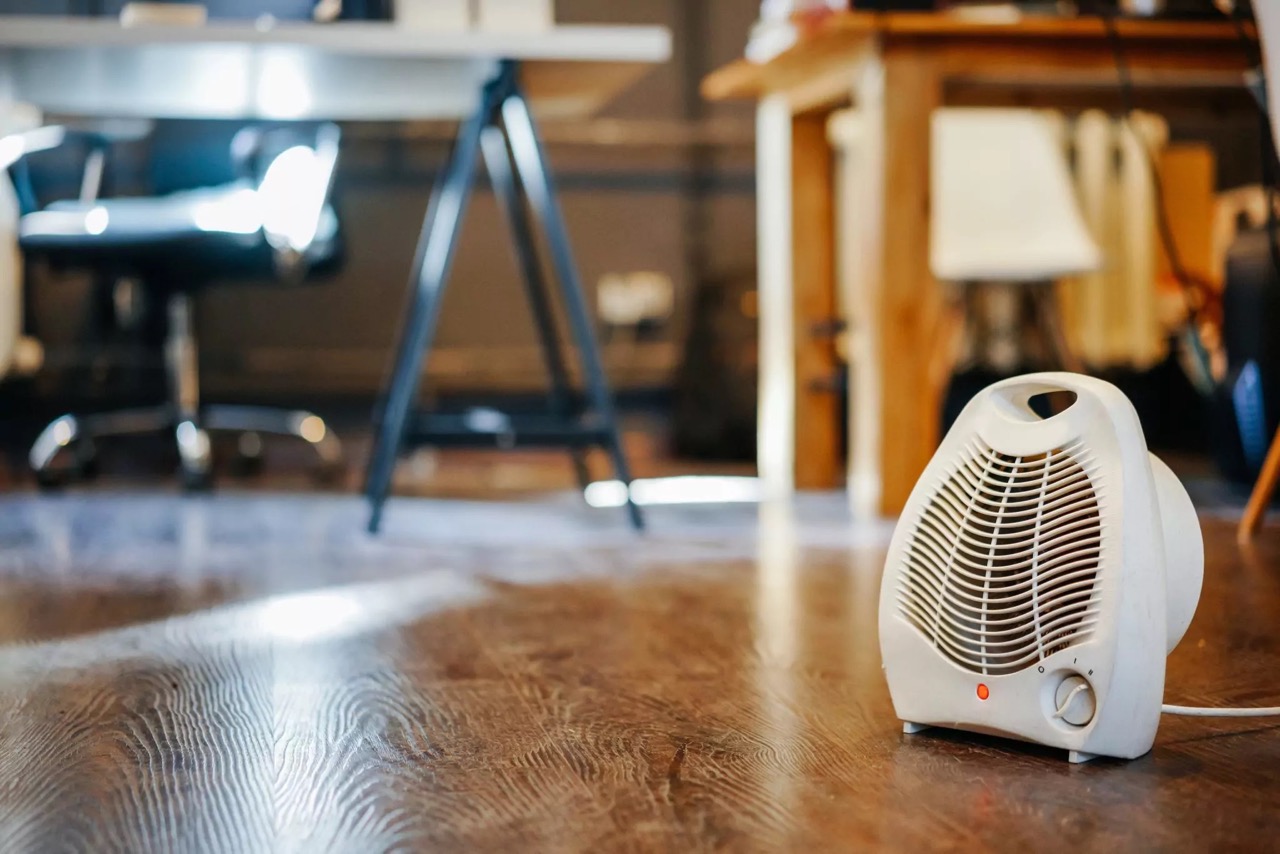
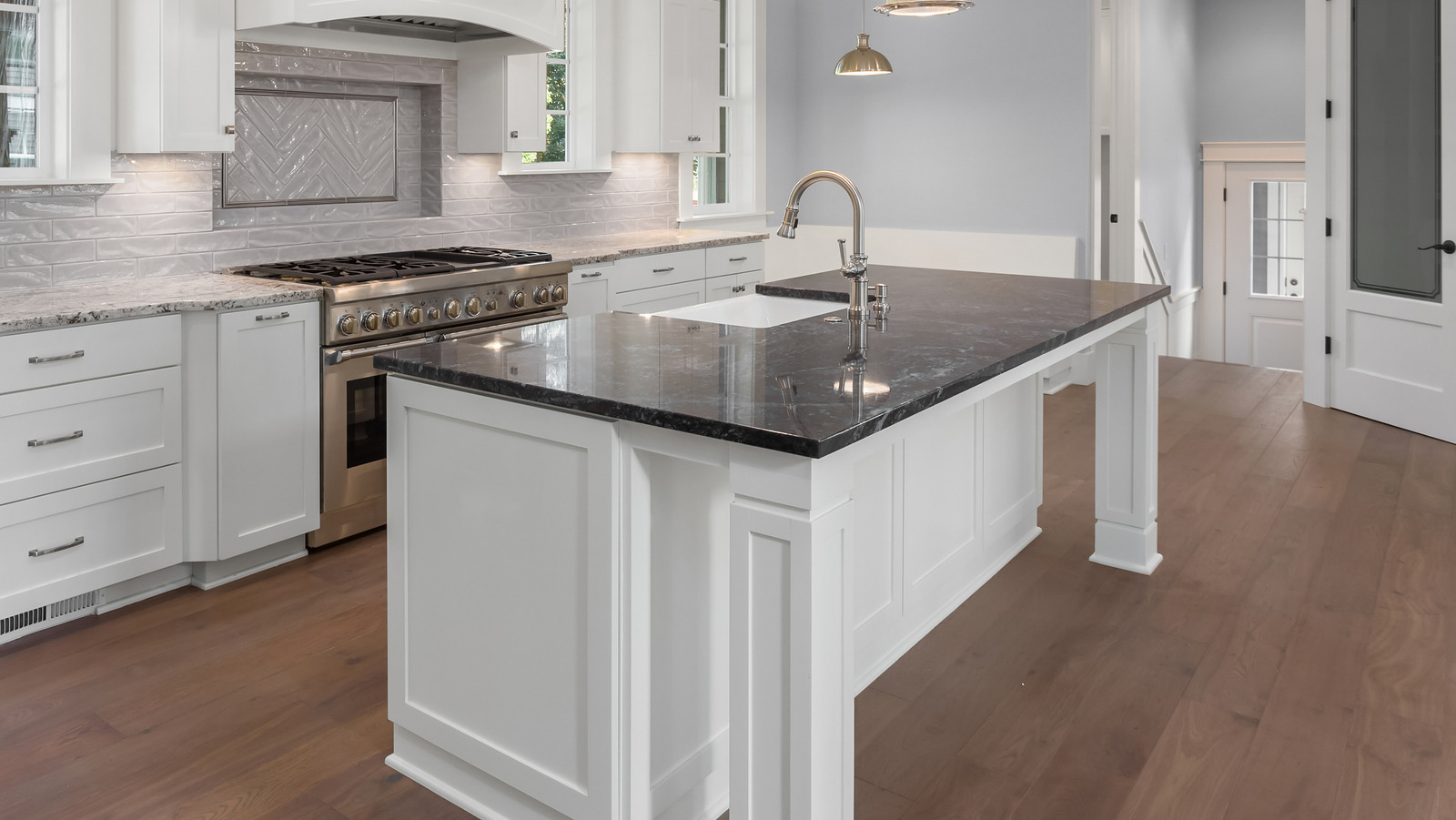
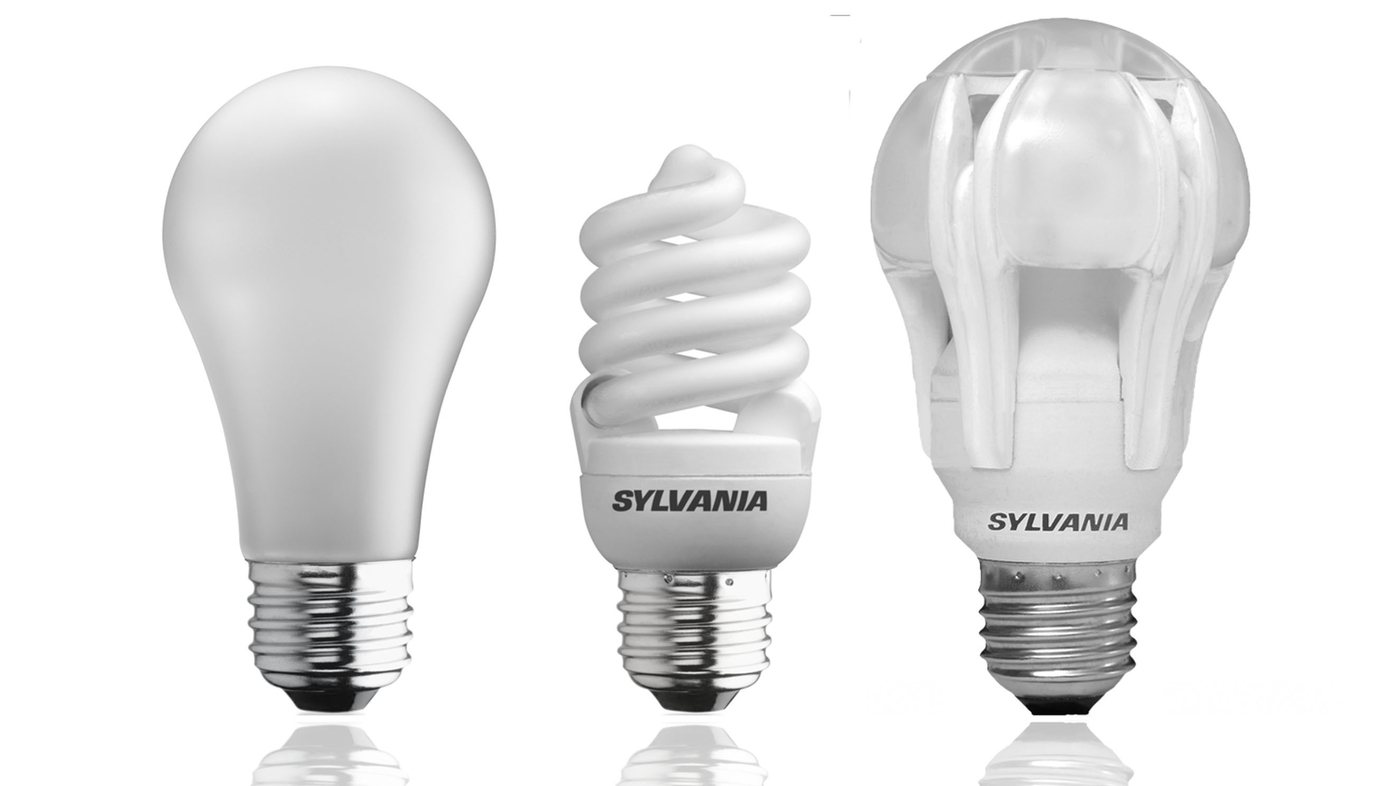

0 thoughts on “Which Type Of Foot Spa Does Not Circulate Water?”